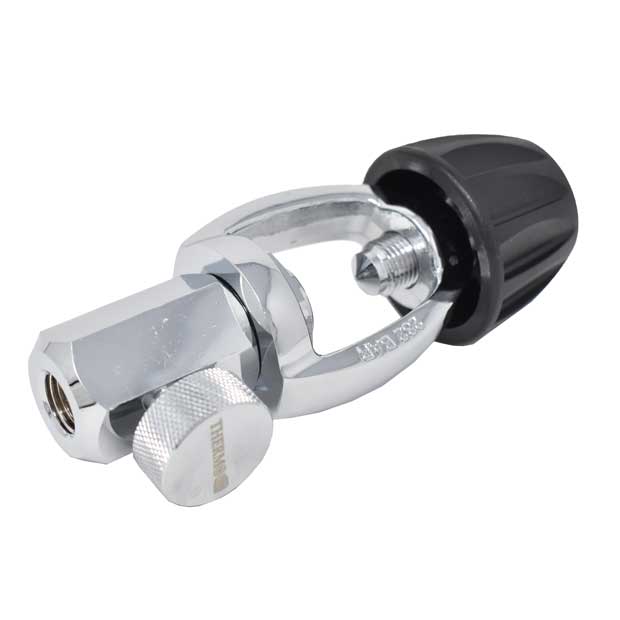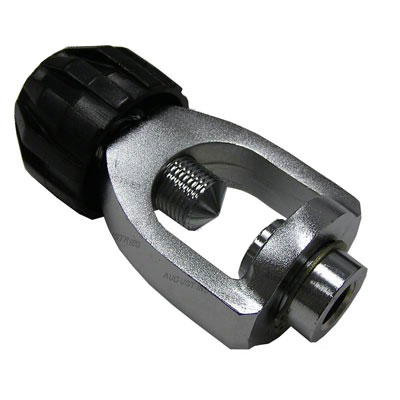broncobowsher
Contributor
Never seen a store bought adaptor. But old junk valve and cut the valve off and keep the brass plug that goes into the tank, that's easy. Brass drills and taps easy enough as well. Nothing crazy needed for tools to make one.
Got any old Propane tanks? The valve on those is already ¾NPT where it screws into the tank. and the standard BBQ tank is 5 gallons. They have an 11 year life span before needing requalification. I have 3 expired ones in my back yard. They are pretty stout. I have even drilled and tapped the bottom on one once.
As for PVC, I learned after I installed mine it wasn't a good idea. Finally changed it out before I had issues. Taking it out, I smacked a fitting with a hammer. I don't know how I got lucky that it never shattered on me with as easy as it broke with a light hit. There is a fair bit of PVC abandoned in my shop walls and ceiling now.
Got any old Propane tanks? The valve on those is already ¾NPT where it screws into the tank. and the standard BBQ tank is 5 gallons. They have an 11 year life span before needing requalification. I have 3 expired ones in my back yard. They are pretty stout. I have even drilled and tapped the bottom on one once.
As for PVC, I learned after I installed mine it wasn't a good idea. Finally changed it out before I had issues. Taking it out, I smacked a fitting with a hammer. I don't know how I got lucky that it never shattered on me with as easy as it broke with a light hit. There is a fair bit of PVC abandoned in my shop walls and ceiling now.





